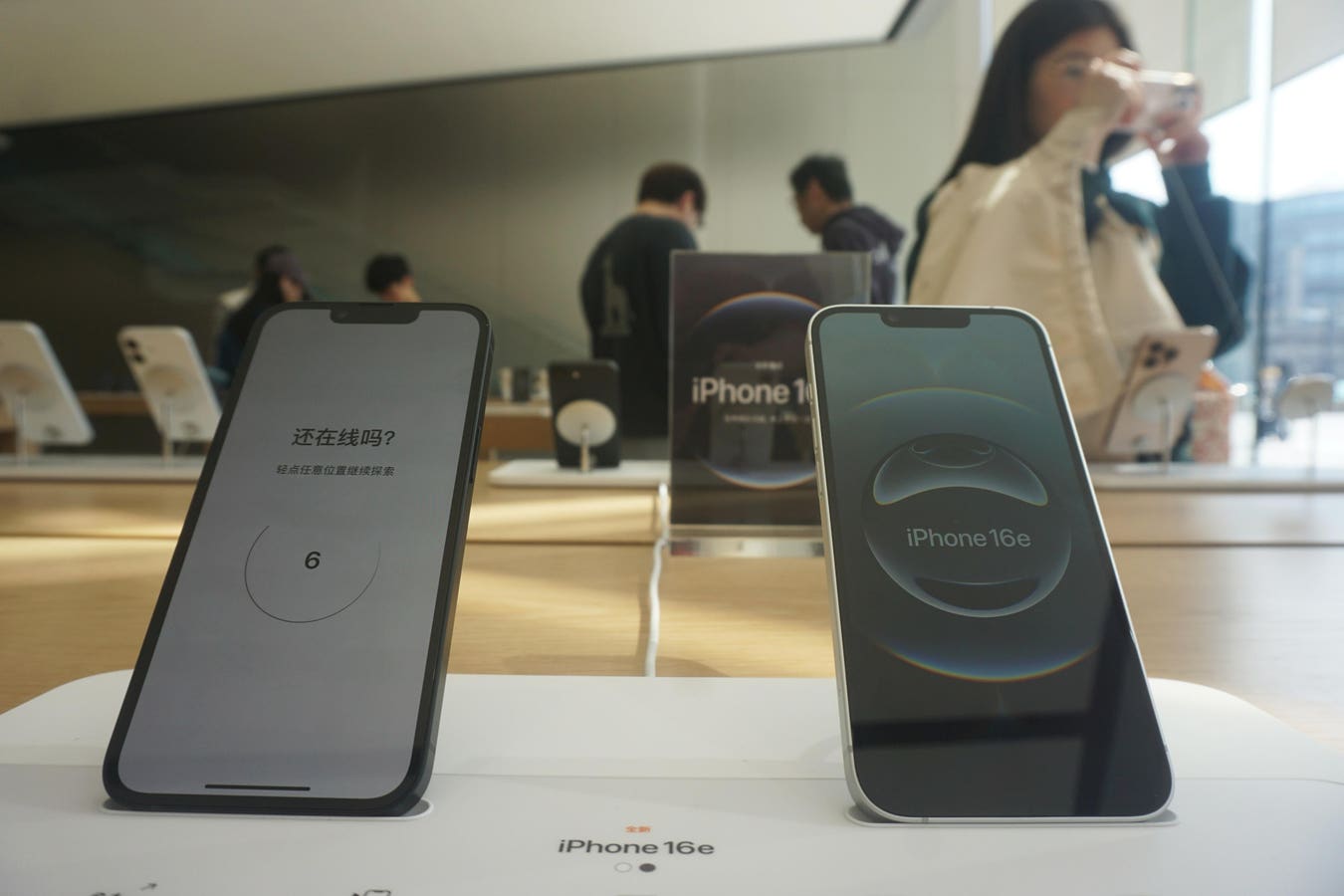Bruce is the chief product officer at StorMagic, responsible for all aspects of product management, engineering and corporate communications
As international trade tensions unfold, no one can say for sure how—or when—they will be resolved.
This ongoing uncertainty is sending shockwaves through global markets. The increase in government tariffs charged on the importing of electronic equipment between countries has reached as high as 145% for Chinese-made products, though tariff rates have scaled back down at the time of writing this article and vary by country and type of product.
For IT teams, this constant flux and uncertainty are creating a sense of urgency and concern, as CIOs and IT directors everywhere try to anticipate and manage the likely impacts on supply chains and costs in the months ahead.
So, what does this all mean for IT teams?
Assessing The Impact Of Tariffs On IT Teams
While much still remains uncertain, one thing is clear: Organizations need to be preparing now for the potential ripple effects of tariffs on global trade.
IT budgets were under pressure before these developments, with Gartner projecting worldwide IT spending to grow by 9.3% in 2025. Coupled with global trade tensions increasing the price of essential IT equipment imports such as laptops, desktops, servers, GPU and networking gear, businesses need to consider what costs they can cut now.
The nature of tariffs will benefit IT infrastructure providers that manufacture in the U.S., potentially making domestic hardware providers more appealing. However, many U.S.-based manufacturers still rely on critical components sourced from abroad, leaving the actual cost advantage uncertain.
Until we have more clarity on how these tariffs will play out long term, IT leaders should proactively start assessing their budgets to avoid unnecessary spending. This might involve focusing on improving software efficiency, postponing upgrades that aren’t immediately necessary or finding new technology partners who are less affected by rising costs. Companies that take steps now to streamline their infrastructure and seek out affordable solutions will be better protected against future price increases.
How IT Teams Can Mitigate Rising Costs
Navigating this moment successfully requires creative thinking. Whether it’s migrating to the cloud, returning to on-premises models, leveraging hyperconverged infrastructure or refining hardware specifications, the emphasis should be on reducing complexity and maximizing value—without sacrificing performance.
Here are a few ideas:
1. Cloud Versus On-Premises Infrastructure: Cloud computing offers scalability and reduced infrastructure management, but costs and application performance can be a huge problem. Some organizations are considering moving more workloads from cloud to on-premises to gain more control over cost and ensure that applications deliver the response time required in today’s fast-paced world. While on-premises solutions require higher upfront capital expenditure (CapEx), they can deliver long-term cost savings and address performance and uptime requirements of applications.
2. Hyperconverged Infrastructure (HCI): HCI combines compute, storage and networking into a single system, simplifying management and improving resource utilization. It can be a highly cost-effective alternative to traditional, multi-tier architectures, particularly for edge and distributed environments. However, enterprise-grade HCI platforms can sometimes come with added complexity or rigid vendor ecosystems, so choosing a right-sized, flexible solution is essential.
3. Software Efficiency And License Optimization: IT leaders should pursue software rationalization—reviewing current licenses, eliminating redundancies and adopting open-source or lower-cost alternatives where possible. Streamlining tools and platforms not only reduces expenses but also minimizes maintenance overhead. By leveraging strategies to reduce the number of physical servers, CPUs and cores, you can typically reduce your overall software licensing costs since many vendors license based on hardware.
4. Virtualization Strategy Reassessment: Following Broadcom’s acquisition of VMware, licensing changes have prompted some organizations to explore alternative platforms. There are technologies available that would enable a full platform transition (hypervisor and storage) or a partial transition (keep the VMware hypervisor, but move to alternative storage). While these alternatives may lower subscription costs and complexity, they can also bring migration risks, compatibility questions and new training needs. A careful cost-benefit analysis is essential.
5. Hardware Life Extension: Delaying hardware refresh cycles or purchasing certified refurbished equipment can ease budget pressures without major performance sacrifices (particularly for non-critical workloads). For instance, many organizations plan for three- or four-year hardware refresh cycles. In these unpredictable times, it could make sense to extend to four or five years or possibly even more.
Remaining Proactive
Be proactive, not reactive. IT leaders should use this moment as an opportunity to modernize and optimize their infrastructure. Whether consolidating hardware, adopting HCI or moving away from expensive legacy solutions, they can strengthen their position regardless of changes in trade policies.
If tariffs increase the cost of IT hardware, organizations will need to find new ways to manage their budgets. One significant trend is the use of cloud computing. For many years, organizations have relied on the cloud because it was the status quo. However, as costs begin to outweigh benefits for some businesses, on-premises computing may be worth considering. Thanks to advances in technology, it’s now possible for a small office or site to run a full application stack for under $10,000—an option worth considering for businesses feeling squeezed.
At the end of the day, the scope and duration of these tariffs are still unknown. They will continue to evolve as negotiations unfold, and they may even remain in place for the long haul. Either way, the smartest approach for IT leaders is to stay informed, avoid knee-jerk decisions and prepare for multiple potential outcomes.
Forbes Technology Council is an invitation-only community for world-class CIOs, CTOs and technology executives. Do I qualify?









